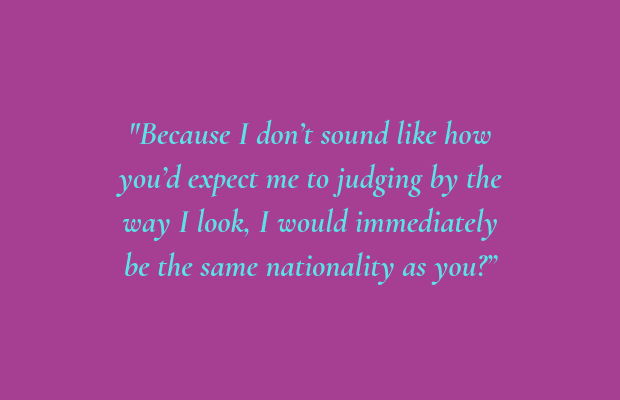After spending the first few days of the Lunar New Year nearly two months ago at home in Singapore, I landed in Sydney.
Singapore — the country where pretty much everyone, from Gen Z kids to baby boomers, speak English everyday. Where, just like Australians, we binge-watch the same trashy Netflix shows, bop to the same Ariana Grande hits, and laugh at the same Kermit the Frog memes.
Though I have always been mindful that I grew up in a westernised Asian country, starting university in Sydney was where I found myself in a unique conundrum that a certain type of Southeast Asian international student faces. We are not as Asian as students from China, Japan, and Korea who fluently speak their national languages and have distinctive Asian cultures, and yet we are not local enough to instinctively know what a “servo” means or who Paul Hogan is. We are familiar with Australia’s culture due to the country’s close proximity and its reputation as a popular holiday destination, but yet we cannot fully assimilate into a society we were not raised in.
We are geographically and culturally Asian. Singapore’s public holidays include religious South Asian celebrations such as Deepavali for Hindus and Hari Raya Aidilfitri for Muslims. Ethnically Chinese Singaporeans, just like the Chinese in Hong Kong and Malaysia, still follow traditional Chinese practices such as not washing your hair on the first day of the Lunar New Year as you would “wash” away your good luck.
Even the date of my departure from Singapore speaks volumes — my family would not let me miss the most important festival in the Lunar calendar, but at the same time this event is not such an integral part of my Asian upbringing that I have to sit through the full fifteen days of the celebrations.
Building a social identity when you move to a new country is tough, but what makes it all the more confusing is when your situation is shared only by a unique bunch of international students also looking to fit in.
Kyle Teng, a fellow Singaporean at USyd, explained that they struggled to fit in seeing as they culturally perceive themselves to be more westernised. “It was difficult to associate myself to either group [Asians or locals], due to the fact that I look physically similar to one, while I am more culturally similar to the other.”
“Not that it is an inherent need to belong to a specific group of people, but as an international student, I was hoping to find a community, one that shared similar cultural and societal beliefs as I did, so that I could socialize and forge meaningful relationships with others.”
Tiffany Vaughan, a second year, half Filipino, half English international student from Hong Kong, told Honi: “I felt pretty segregated [when I moved here]. At first I thought I would easily stick with a group since Sydney is pretty multicultural… but [there were] only a few I really felt a connection with.”
To make this cross-cultural adaptation more awkward, we still face Asian stereotypes. Accents that correspond with the way we look is just one example. On my first day of orientation, a white girl was surprised to learn that I was not a local. “You speak English so well, I wouldn’t have thought you were an international student!”,she said.This didn’t come as a huge shock to me; I was aware of the stereotype that internationally, Asians speak English with a strong accent and not so fluently. But to experience it firsthand, my first thought was: “Wait, so because I don’t sound like how you’d expect me to judging by the way I look, I would immediately be the same nationality as you?”
It is as though locals do not know which box to place us in. But that’s alright, because we too are still searching for which box to place ourselves in. Perhaps there is not any need for a box at all.
I constantly straddle between my identity I’ve cultivated for twenty years and the identity I am building here. When meeting new people, I find myself deciding if I should speak in a more white-washed accent or my original Singaporean accent. Or if another Southeast Asian student wants to hang out, I catch myself hesitating because I don’t want to be confined in my comfort zone, even if I do feel more at home than with a local, white student.
Perhaps two months is way too short a time for any first-year student, to feel like a part of something bigger than themselves. Perhaps, at some point during my time at USyd, I’ll proudly embrace my Asian heritage while dropping Aussie slang in my daily conversations and introducing my toast to Vegemite.
Until then, I’ll continue chatting with my friends back home in Singlish (a word recognised by the Oxford English dictionary), hang out with fellow Singaporeans (shout out to USYD’s Singapore Students’ Society), and continue my hunt for the most authentic Singaporean cuisine (The Ho Jiak in Haymarket is pretty decent).





